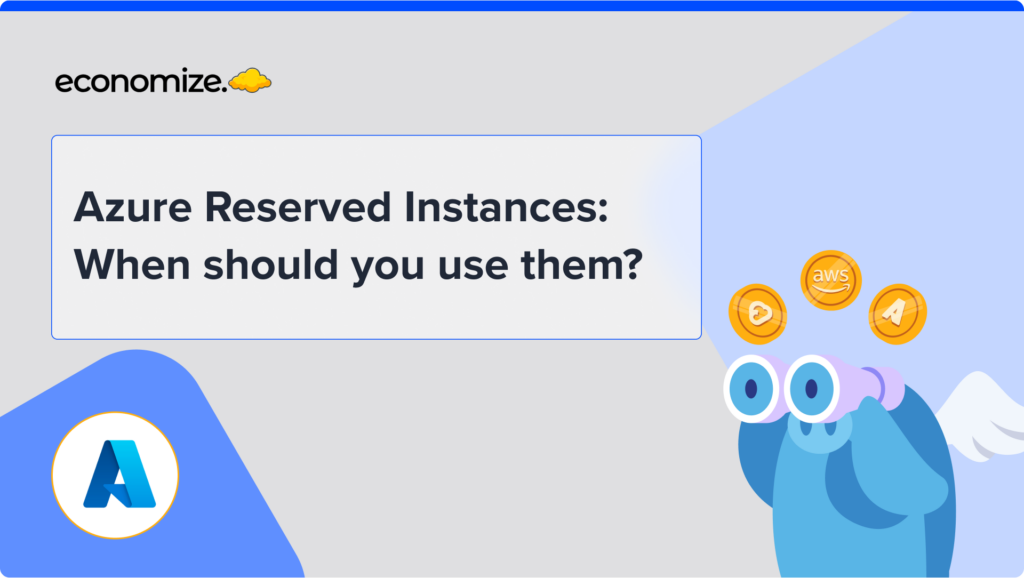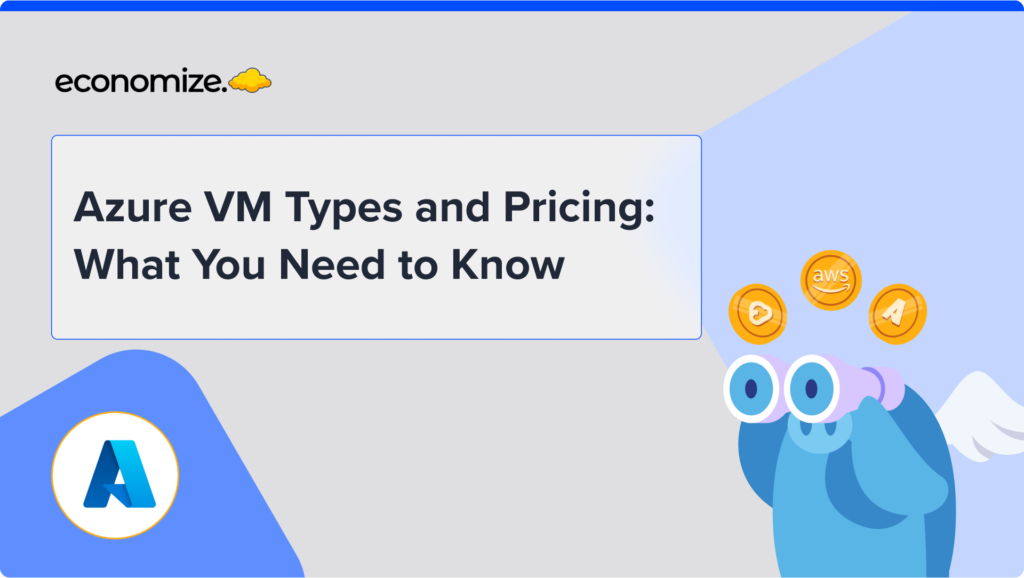Amazon Simple Storage Service (S3) is an AWS storage solution that stores and retrieves large volumes of data. As organizations increasingly utilize cloud infrastructures, the effective management of expenses becomes a focal point for sustainable operations. While S3 offers unparalleled flexibility and reliability, its cost structure can present challenges to organizations seeking to optimize their expenditures effectively.
AWS S3 Cost optimization strategies encompass a spectrum of approaches, ranging from fine-tuning storage classes and lifecycle policies to leveraging data compression techniques and optimizing data transfer protocols. In this article, we delve into essential strategies for optimizing costs within AWS S3, exploring methods to streamline expenditure while maintaining operational efficiency.
AWS S3 Cost Optimization Strategies
AWS S3 offers effective storage management, scalability, and security. By optimizing S3 costs, organizations can establish a more sustainable approach to cloud storage within their AWS environment. This ensures responsible management of resources while adhering to budget constraints and promoting long-term cost efficiency. Some of the effective techniques for AWS S3 cost optimization are:
Use the right S3 storage classes
By strategically using storage classes, you can ensure that your data is stored in the most cost-effective tier, which helps in S3 cost optimization. Analyze your data to understand how frequently it’s accessed. Frequently accessed data, like frequently downloaded reports, needs S3 Standard for high performance and low latency. Use S3 Intelligent-tiering to automatically analyze access patterns and move data between three access tiers: Frequent Access, Infrequent Access, and Glacier.

Utilize S3 Standard-IA or S3 One Zone-IA for cost-effectiveness while still allowing timely retrieval for infrequently accessed data. S3 Glacier Deep Archive is the most cost-effective class, perfect for rarely accessed data like backups and archives. Retrieval times can range from several hours to a day. Organizing your data based on its access needs greatly helps in AWS S3 cost optimization.
S3 Lifecycle policies for object management
Managing your data manually and migrating them between different storage classes can be a cumbersome process. AWS Lifecycle Policies provide a structured and automated approach to S3 cost optimization. The S3 Lifecycle policy defines rules that automatically transition your data between different S3 storage classes based on user-defined criteria, such as access time. It’s important to get an understanding of these for subsequent AWS Cost Optimization. To create a lifecycle policy:
Identify Access Patterns: Analyze access logs or usage patterns to categorize objects based on their frequency of access.
Define Transition Rules: Set rules for transitioning objects to lower-cost storage classes after a specified period of inactivity, ensuring they remain accessible when needed.
Utilize Filters: Employ filters like prefixes or object tags to target specific subsets of data within a bucket for lifecycle transitions.
Consider S3 Intelligent-Tiering: For dynamic access patterns, consider S3 Intelligent-Tiering, which automatically manages object placement across access tiers, optimizing costs without manual intervention.
Implementing S3 Lifecycle policies can significantly reduce storage costs by automatically transitioning data to appropriate storage classes.
Delete orphaned S3 snapshots and cold buckets
The two key areas in AWS S3 cost optimization that significantly reduce your storage cost and wastage of storage space are the management of orphaned snapshots and cold buckets.
RDS Snapshots capture data states at specific points, which can be used for backups and recovery purposes. However, snapshots can become “orphaned” if their source data is deleted or overwritten. These orphaned snapshots consume storage space and incur unnecessary costs.
“Cold buckets” refer to buckets containing data that is rarely or never accessed. These buckets hold onto storage space, impacting overall storage resource utilization. It’s important to get an understanding of these for subsequent AWS Cost Optimization.
Utilize scripting tools from AWS or third-party solutions to identify and eliminate orphaned snapshots and cold buckets based on predefined criteria. Users can also set up lifecycle management policies that automatically delete orphaned snapshots after a set period or upon deletion of their source data.
Compress S3 Objects
Another effective strategy for AWS S3 cost optimization is compressing S3 objects before uploading them. This can significantly benefit S3 storage costs by,
Reduced Storage Fees: Smaller objects occupy less storage space, resulting in lower storage costs charged by S3.
Lower Data Transfer Costs: Data transfer charges are also incurred when retrieving objects from S3. Compressed objects, due to their smaller size, necessitate less data transfer, leading to further cost savings.
Various compression formats offer different compression ratios and processing times which greatly helps you in reducing your cloud storage cost.
Reduce the number of noncurrent S3 versions
Versioning enables you to track changes made to an object by creating a new version each time you upload a modified version. While all versions are accessible, only the latest version is considered “current.” The remaining versions are referred to as “noncurrent.” By reducing the number of noncurrent versions, organizations can achieve significant cost optimization in their S3 usage.
You can either delete them manually or use lifecycle policies to automatically remove the older versions to achieve S3 cost optimization.
Eliminate incomplete multipart upload bytes
Multipart uploads enable the division of large objects into smaller parts, facilitating efficient and reliable transfer. Individual parts are uploaded and stored independently, allowing for resumption in case of network issues. However, uploads can fail due to various reasons, leaving behind incomplete parts that remain in S3 storage and incur storage costs.

Even relatively small incomplete uploads, if left unattended, can accumulate significant costs over time. Proactively eliminating these incomplete uploads greatly contributes to S3 cost optimization.
Use monitoring tools
AWS monitoring tools provide valuable insights with their usage reports, identify potential cost inefficiencies, and implement strategies to minimize storage costs. By analyzing data from these tools, organizations can employ appropriate S3 cost optimization strategies. Some of the cloud-native monitoring tools are Amazon CloudWatch, Amazon S3 Storage Lens, AWS Cost Explorer, etc.
Amazon S3 Storage Lens is a free tool that offers comprehensive insights into S3 storage usage across your entire organization. It provides data on storage trends, access patterns, and actionable recommendations for optimizing storage class usage and implementing lifecycle policies.

Amazon CloudWatch allows you to create custom dashboards to visualize S3 metrics over time, including object counts, storage consumed, and request rates, enabling you to identify trends and anomalies in usage patterns.
AWS Cost Explorer helps you understand your overall AWS spending, including costs associated with S3 storage. You can drill down into specific buckets and analyze cost breakdowns by object size, storage class, and access patterns. This allows you to identify areas for cost reduction and track the effectiveness of optimization efforts over time.
Conclusion
By effectively utilizing these AWS monitoring tools and implementing data-driven S3 cost optimization strategies, organizations can gain greater control over their S3 storage, optimize S3 costs, and ensure efficient use of resources within their AWS environment. Techniques like data compression, managing versions, leveraging lifecycle policies, etc with proactive monitoring helps organizations to significantly reduce their S3 storage expenditure while maintaining optimal performance and data accessibility.
How can we help?
Are your cloud bills reaching sky-high levels? Don’t let cloud costs weigh you down anymore. With Economize, you can slash your cloud expenditures by up to 30% effortlessly. Book a free demo with us today and discover how we can help you start saving in as little as 10 minutes.








